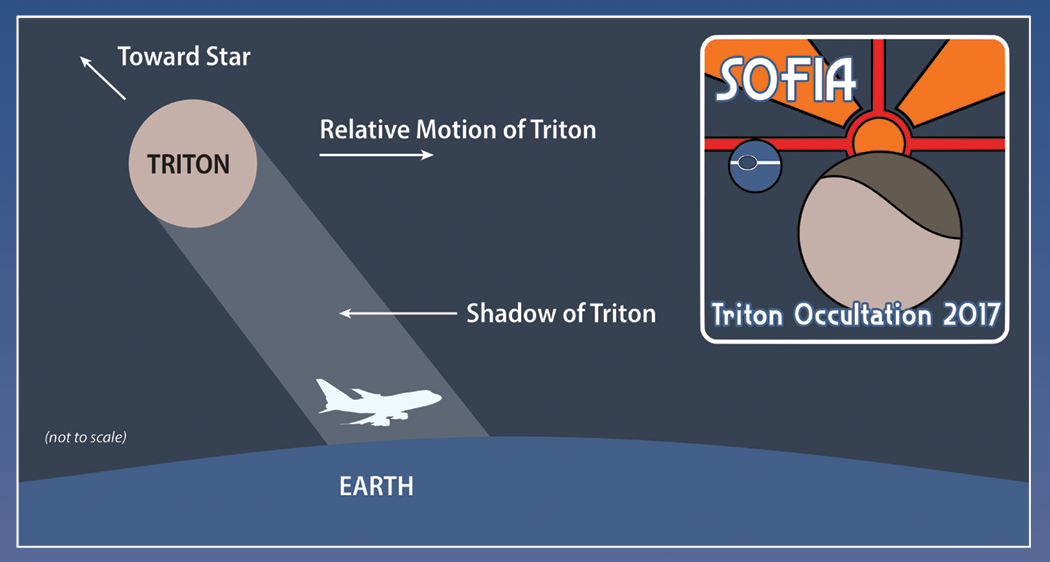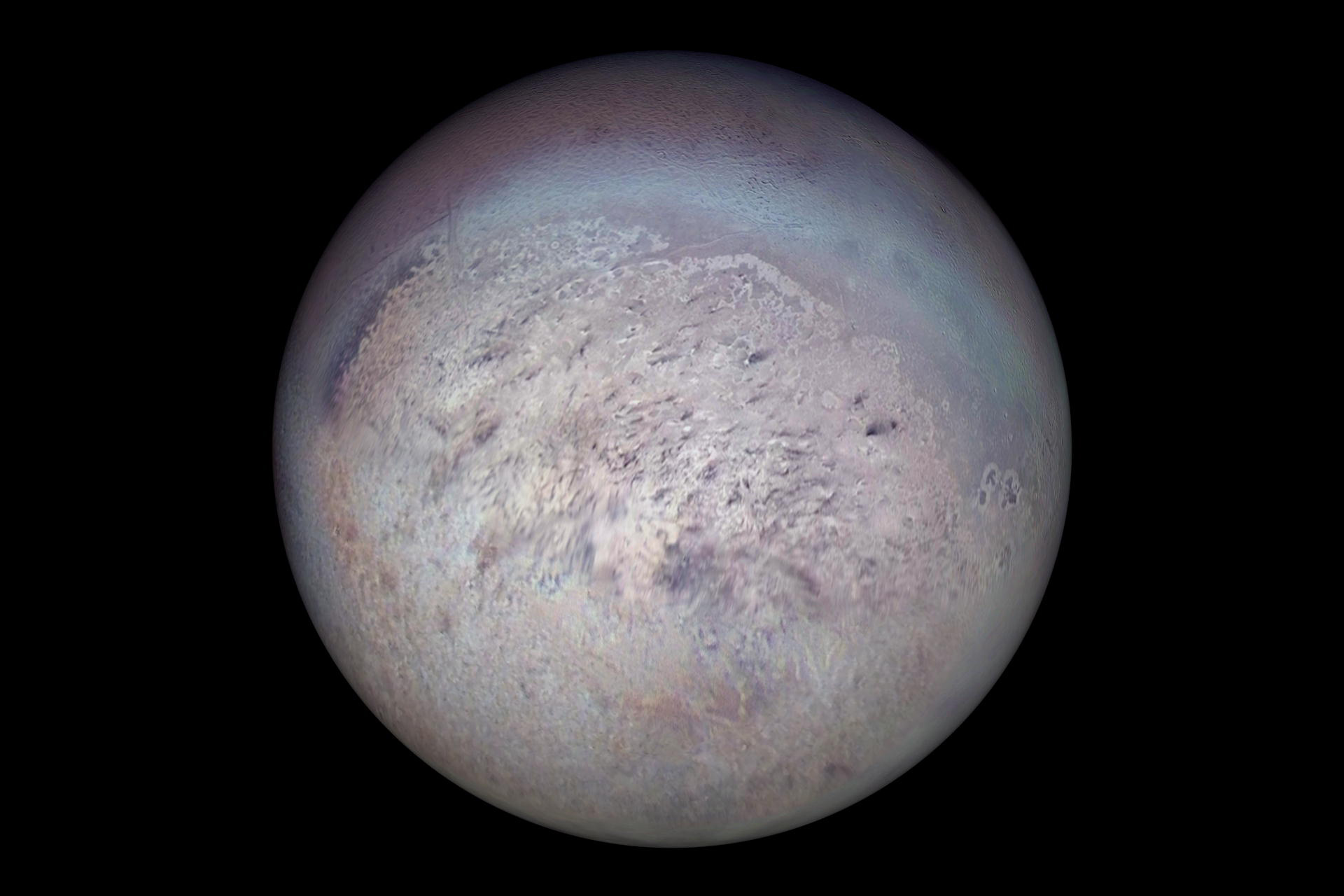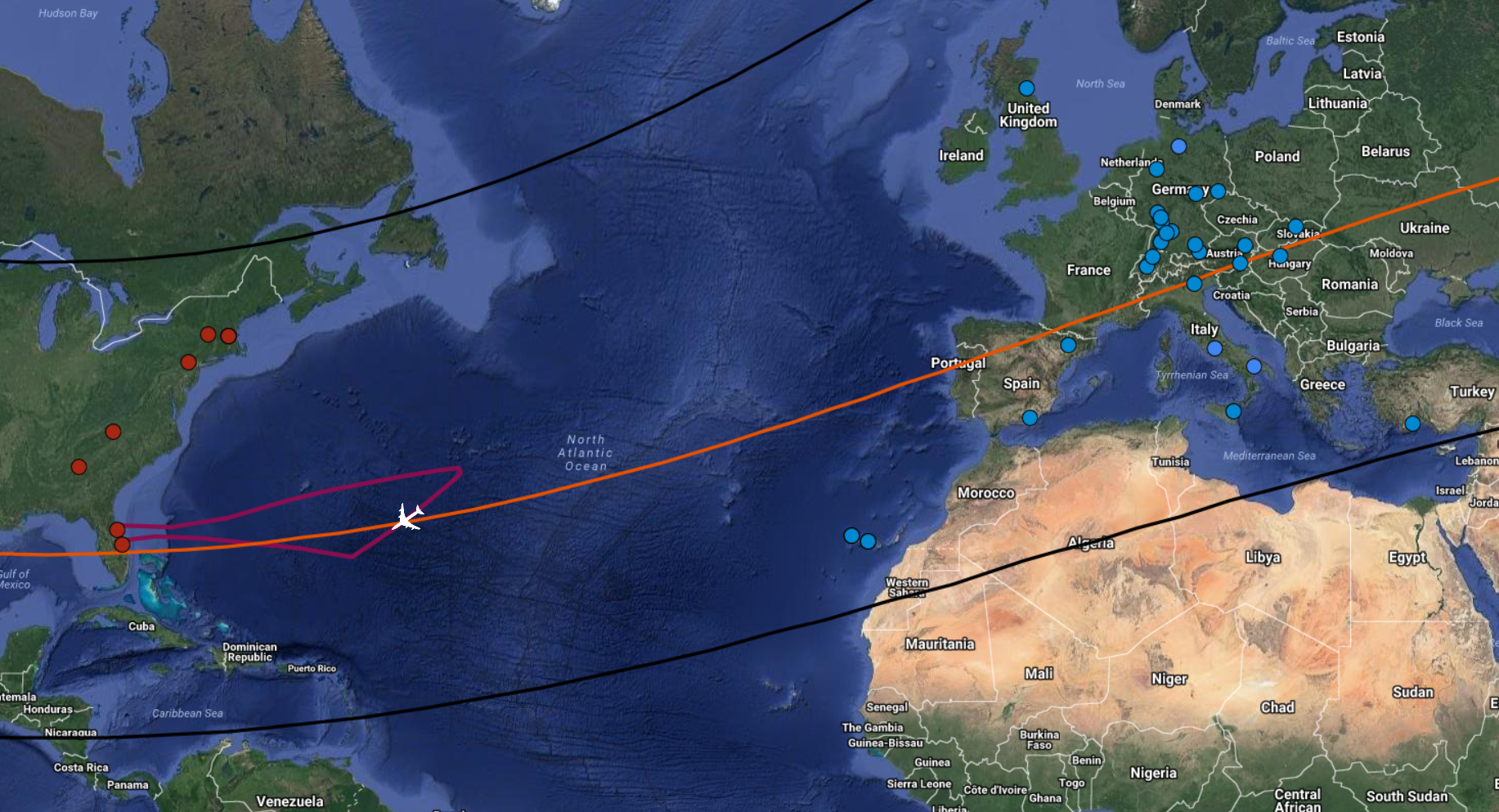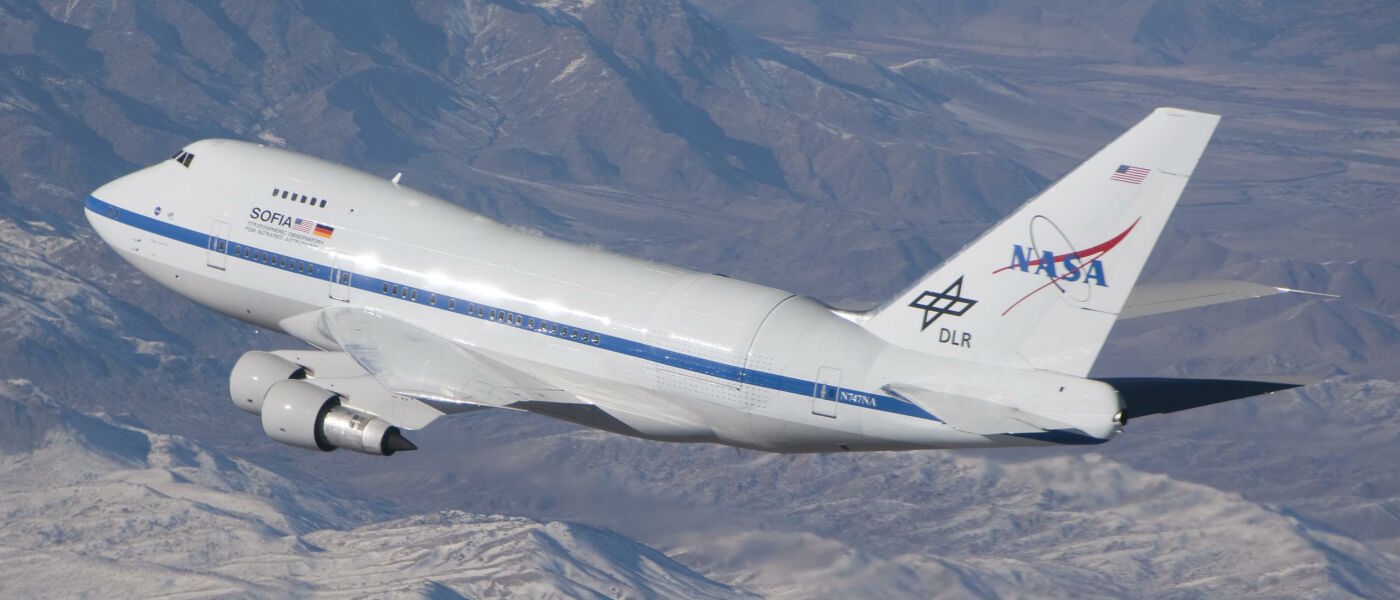Behind-the-STEM: How NASA SOFIA will study Neptune's moon Triton
Writer: Patrick McQuillan
Position: Vice President of STEM Education
Earlier this year, my job at Liberty Science Center allowed me the opportunity to travel onboard NASA's flying observatory SOFIA, the Stratospheric Observatory for Infrared Astronomy. But my flight wasn't just a joy ride. Educators like myself have been invited to fly on SOFIA so that they may inform students and the general public of the amazing research being done with this flying telescope.
SOFIA is a modified Boeing 747 that has a 2.5 meter (100 inch) infrared telescope mounted in the rear of the aircraft. Given the mobile platform, SOFIA is able to respond quickly to astronomical events around the globe.

One such event occurs tomorrow in the early morning hours of Oct. 5.
At this time, Neptune’s moon Triton will pass in front of a more distant star and block the star’s light in an eclipse-like event called an occultation. During the celestial alignment, the team aboard SOFIA will make observations of the distant star’s light as it passes through Triton’s atmosphere. Three powerful instruments connected to SOFIA’s telescope will enable researchers to better study and characterize the moon’s atmosphere, including its temperature, pressure and density.

Previous observations, including those from NASA’s Voyager 2 spacecraft taken in 1989 and a previous occultation observation in 2001, revealed that Triton’ s atmosphere is made mostly of nitrogen and is distorted at different locations by its high winds and strong tides. The new occultation data may also provide details about how the atmosphere varies at different altitudes, enabling researchers to examine if the atmosphere has changed since it was last studied.

Making this astronomical observation is particularly challenging. Triton’s shadow races across the Earth’s surface at more than 37,000 mph. The aircraft is traveling at 650 mph. The best observation location, with the longest viewing time, is within the center of Triton’s shadow, which at the time of the occultation is over the Atlantic Ocean. The occultation itself lasts only two minutes.
SOFIA is the only observatory capable of positioning itself directly in the shadow’s centerline while avoiding any potential cloud cover. As difficult at this may seem, the SOFIA team is well prepared to make the required observations. They have previously made successful observations of Pluto’s atmosphere in 2011 and 2015 using the same techniques.
Best of luck to the SOFIA crew this Thursday! Be sure to follow Liberty Science Center's social pages on Facebook, Twitter and Instagram for updates on NASA SOFIA's journey into the shadow of Triton, as well as by following hashtag #NeptunesMoon.
